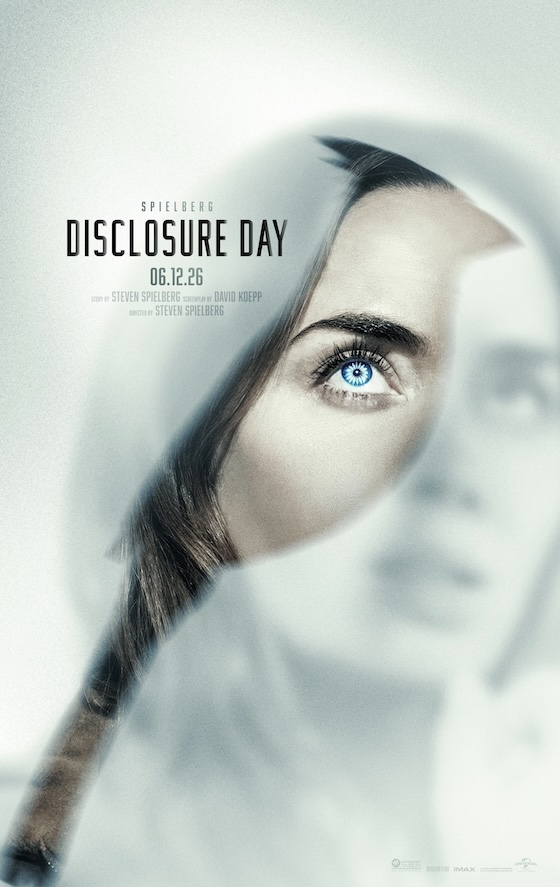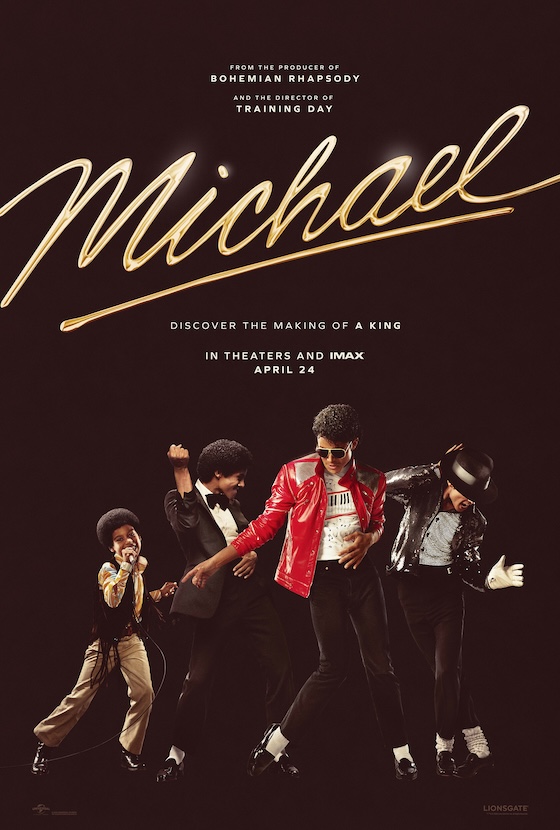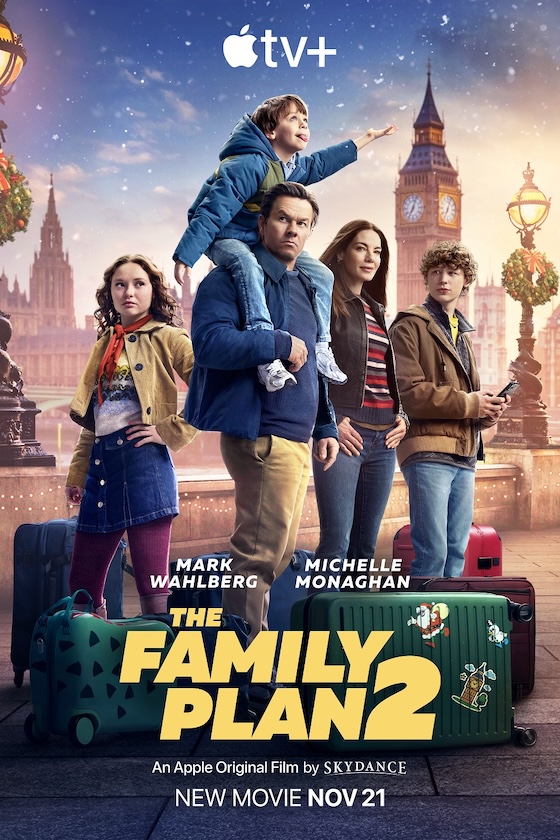{googleAds}
<div style="float:left">
<script type="text/javascript"><!--
google_ad_client = "pub-9764823118029583";
/* 125x125, created 12/10/07 */
google_ad_slot = "8167036710";
google_ad_width = 125;
google_ad_height = 125;
//-->
</script>
<script type="text/javascript"
src="http://pagead2.googlesyndication.com/pagead/show_ads.js">
</script></div>{/googleAds}There are lots of reasons why United 93 should not work as a film: its release is too soon after the actual events of 9/11, opening oozing wounds that weren't yet healed; Hollywood tends to go for the big buck by evoking strong emotions in order to manipulate a big box office; and finally, the events on that day were simply too damaging and destructive to be properly depicted on film with any amount of dignity and respect. But there's only one reason United 93 worked: director Paul Greengrass.
Having spent a significant portion of his career constructing films that are socially aware and that tactfully take on some of the most difficult issues of our modern day, Greengrass is uniquely qualified to confront the events that occurred on September 11, 2001. Perhaps his most memorable film, Bloody Sunday, which explored the 1972 incident in Northern Ireland when police fired upon unarmed protestors, showed both masterful skill and historical significance that is still looked upon as a fitting memorial to those who died in the incident.
Much as he did with Bloody Sunday, Greengrass treats the 9/11 events and victims depicted in United 93 with honor and admiration, not looking to make a statement, nor to exploit it for personal gain, but rather to simply show the world what happened that day. United 93 is not a film made to entertain us, nor is it a film to provide an escape. Its sole purpose is to show us why today's world is the way it is.
The first hour or so of the film is rather procedural and almost documentary-like as Greengrass sets into motion the events that unfolded that Fall morning. Passengers trudge through airports, air traffic controllers brief themselves on the day's schedules, flight attendants pass out pillows to passengers, and hijackers say their morning prayers while preparing themselves for their mission. But rather than attempting to provide an all-encompassing look at the entire terrorist attack, Greengrass unfolds the events by selectively focusing on a single flight, specifically, United Airlines Flight 93 that later plowed into a field in rural Pennsylvania. But the drone of technical jargon and seemingly innocuous preparations can't mask the overwhelming sense of the impending doom that hangs over the proceedings like a black cloud of unease.
As the first World Trade Center smolders in the background, the endless series of mishaps and system flaws reveal themselves while officials attempt to decipher the developing events. The FAA has no direct contact with the military, the military struggles to get fighters in the air, and airport ground controllers are fighting through a 30-minute traffic jam. But ironically, it was this flight delay that ultimately prevented flight 93's hijackers from achieving their goal. Because of the delay, passengers onboard learned through cell phone calls, the fate of the three other doomed flights.
Greengrass intercuts between what actually unfolded on the ground, and what might have happened on board flight 93. The audience is left with a white-knuckle ride of suspense that never lets go. The film's most interesting segments are the factual accounts of what transpired on the ground because these are largely unknown to the general public. It's a bit difficult to watch professionals fail to make critical decisions that could have possibly saved lives. After all, these are professionals who have trained for "worst case" scenarios. When the first airplane, American flight 11, disappears from the radar screen at the same moment the World Trade Center bursts into flames, how long should it take to realize that the plane was used to attack the tower? Easy for me to say now. Hard to imagine then.
The most difficult parts of the film are the final moments onboard the doomed airplane. Watching the passengers make calls to their loved ones is a moment of truly heart-wrenching filmmaking. It makes me ponder what I would say at the exact moment I knew I was going to die? Some of the passengers decided to take action by attempting to wrestle control of the plane from the hijackers. Did they do it to save their own hides, or were they acting to prvent the hijackers from achieving their goals. We'll never know, but it matters not. The fact is... they acted. Would I be man enough to act, or would I remain seated, hoping I'd eventually awaken from the nightmare?
With United 93, Greengrass doesn't provide answers; neither does he make profound, chest-thumping statements about what went wrong that day and what should have been done to prevent it. He just lays out the scenario, allowing us to revisit the sights and sounds of the day. I don't think any differently about anything because of the film, nor do I know any more than what I knew then. But the film did dredge up those old feelings of shock and disbelief. But unlike after watching other movies, I can't tell myself, "it's only a movie."
DVD Details:
Screen formats: Widescreen Anamorphic 2.35:1
Subtitles: French; Spanish; Closed Captioned
Language and Sound: English: DTS 5.1 Surround; English: Dolby Digital 2.0 Stereo; French: Dolby Digital 5.1; Spanish: Dolby Digital 5.1
Other Features: Color; interactive menus; scene access; director's commentary; featurette.
* Commentary - Full-length audio commentary with Paul Greengrass
* Featurettes -
o Memorial Pages - includes biographies of each passenger on the doomed flight.
o United 93: The Families and the Film - Actors meet the family member of the person they portray in the film.
o Chasing Planes: Witnesses to 9/11- A look at the tragedy through the eyes of the air traffic controll personnel and military
Number of discs: - 2- Keepcase Packaging
{pgomakase}

































